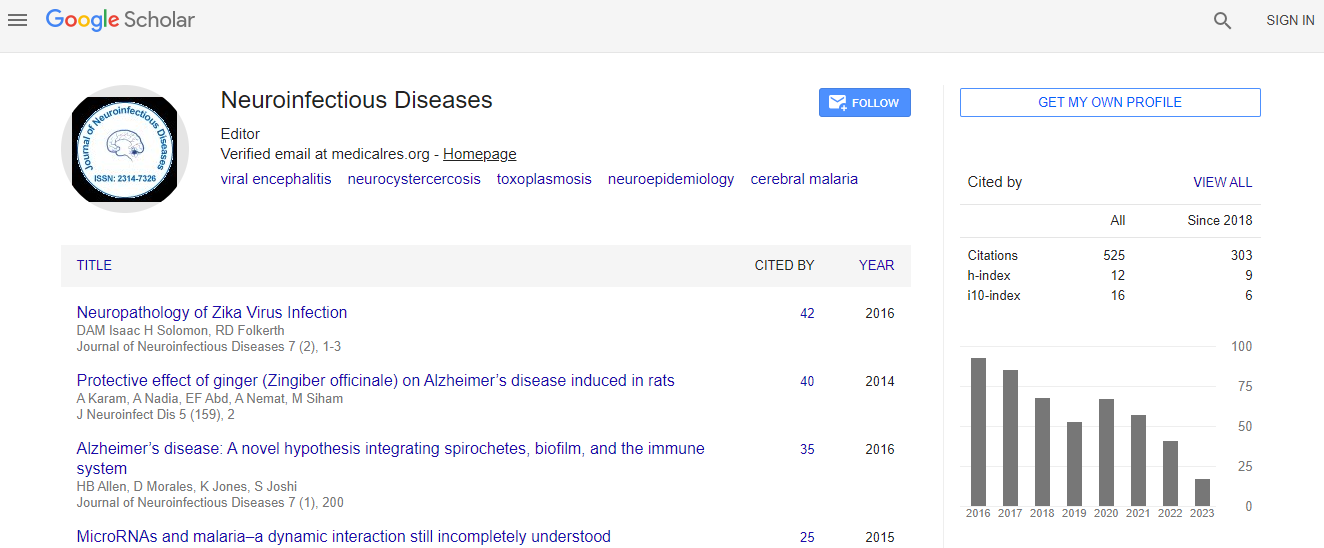Review Article
Ocular Toxoplasmosis: Controversies in Primary and Secondary Prevention
Norman A. Saffra1,2*, Carly J. Seidman1,2, and Louis M.Weiss3
1Division of Ophthalmology, Maimonides Medical Center, Brooklyn, NY 11219, USA
2Department of Ophthalmology, New York University, New York, NY 10016, USA
3Departments of Medicine and Pathology, Albert Einstein College of Medicine, Yeshiva University, Bronx, NY 10461, USA
- *Corresponding Author:
- Norman A. Saffra
Division of Ophthalmology
Maimonides Medical Center
Brooklyn, NY 11219
USA
E-mail: eyesitemd@gmail.com
Received date: 6 January 2013; Accepted date: 23 February 2013
Copyright: © 2013 Norman A. Saffra et al. This is an open access article distributed under the terms of the Creative Commons Attribution License, which permits unrestricted use, distribution, and reproduction in any medium, provided the original work is properly cited.
Abstract
Ocular toxoplasmosis is the most common cause of posterior uveitis in the United States and worldwide. It commonly follows a relapsing course with the potential for multiple adverse visual sequelae and, rarely, blindness. Both immune-competent and immune-suppressed populations can develop severe relapsing disease. There is considerable debate regarding the initial treatment of ocular toxoplasmosis in both groups, with multiple antiparasitic agents commonly used with little evidence to support any particular regimen. The precise role of corticosteroids in treatment also has yet to be rigorously defined. Secondary prevention is commonly implemented in the immune suppressed population, but there is a lack of level one evidence to support its role in immune-competent patients, though it warrants future investigation.

 Spanish
Spanish  Chinese
Chinese  Russian
Russian  German
German  French
French  Japanese
Japanese  Portuguese
Portuguese  Hindi
Hindi 
